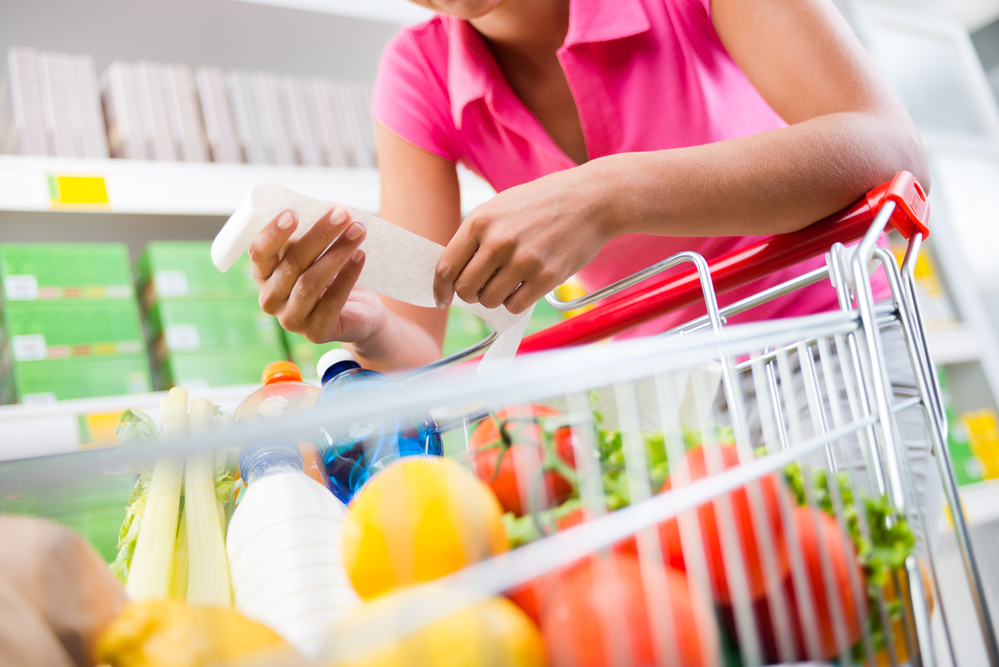There are so many things that affect food prices and the overall food supply chain. One element of the supply chain can be disrupted, and it can cause effects everywhere else.
For example, we can look at what recently happened with rice prices. India is the world’s largest rice exporter. The country put restrictions on the ability of major rice companies to export and on grain shipments, but early this year, they’re likely to lift those restrictions. That would mark an easing on the wave of food protectionism that had taken hold around the world since Russia invaded Ukraine.
This shows how so many factors can converge to affect food prices. The Ukraine-Russia conflict led to countries deciding to stockpile supplies of foods like rice, leading to increased prices throughout the world.
Below, we delve into some of the particular factors that affect food prices, as in the above example.
Oil Prices
When there’s a 1% rise in the price of oil, it can increase food commodity prices by 0.2%. Energy has an enormous impact on the food sector in obvious and also less obvious ways.
When there are higher oil prices, that means higher fuel prices, so it costs more to get products to consumers, regardless of whether a food product is moved by train, boat, plane, or truck. Higher fuel prices affect transportation, and higher transportation costs, as a general rule, mean
higher food prices.
Farmers also use fuel to power their machinery, and fossil fuels are used to make fertiliser and farm-level inputs. Food processing is highly energy intensive, and the costs related to energy make up a lot of the
costs of food production. Increased energy prices can reduce farmer profits as well as profits of food processors and retailers, which leads to higher consumer food prices.
Ukraine War
As mentioned above, one of the major issues affecting global food prices right now is the Russian invasion of Ukraine. Being especially hard hit are developing and emerging economies that rely on this region of the world for grain and fuel imports.
Ukraine is the biggest producer of sunflower oil in the world. When you combine that with Russia’s production, these two countries are responsible for more than half of vegetable oil’s global exports.
The region also exports more than one-third of the world’s wheat.
Animal Diseases
The U.S poultry industry is in the midst of what’s being called an unprecedented health disaster for poultry. There is currently an ongoing highly contagious bird flu that’s so far led to the deaths of nearly 53 million animals.
Avian influenza that’s spreading had affected farm flocks and chicken yards across most of the country since February 2022, which is when the first cases were reported as occurring in commercial flocks.
It’s the worst impact on the poultry industry since 2015 when 50 million birds died.
Some birds have died because of the disease, but most are being killed through depopulation, which is done in an attempt to stop the virus from spreading. This means that millions of chickens and turkeys raised to provide eggs or meat have been killed.
Researchers say that birds that lay eggs seem to be more susceptible to the effects of the virus, whereas chickens raised for meat aren’t as impacted.
Most egg-laying operations are more than a million birds, so when just a few of these operations are affected, the price of eggs and products that use eggs can soar.
Weather
According to the UN, ongoing droughts and heatwaves are likely to continue to put pressure on food prices around the world in the coming years.
Rice from northern Italy, barley from the United Kingdom, and olive oil in Spain have all seen major decreases in yields in recent years because of environmental conditions.
In the U.S., this past summer, the drought conditions in Texas negatively impacted beef production. Texas is the biggest source of beef in the country.
When temperatures are higher, crop productivity declines not only because of dehydration but also slower photosynthesis and reductions in pollination. When the temperatures are high, and there are drought conditions, plants’ defence systems don’t work as well as they should, and they’re more susceptible to pest attacks and pathogens.
The UN estimates that by 2027, the combination of the effects of climate change, poverty, and conflict could lead food prices to go up by 8.5%, which is concerning when millions are already facing food insecurity.
Fertiliser Prices
Right now, specifically, fertiliser is becoming more expensive, with some going up in price by as much as 300% since 2020, according to the American Farm Bureau. When fertiliser is more expensive, it makes food more expensive since this is an important input.
Farmers who are paying these massive prices for fertiliser often have no choice but to pass them on to consumers, meaning higher prices at the grocery store.
If plants don’t get fertiliser, then they might not receive the needed nourishment to produce the needed yields required for global demand. Without fertiliser, only around half the global population could be fed.
Farmers say they’re trying to adjust to what could be a new normal for them. For example, more farmers say they’re starting to focus on soybeans because legumes don’t require as much fertiliser for growth as corn.
The spikes in prices of fertilizer started when Russia invaded Ukraine, and again, like wheat and other products, the world is highly dependent on this region for this material. The region is responsible for at least 28% of all exports of fertilizer.
Of course, these factors are only a few of the so many relevant elements that impact grocery prices, but they do give an overview of some of the reasons inflation is soaring right now.



























